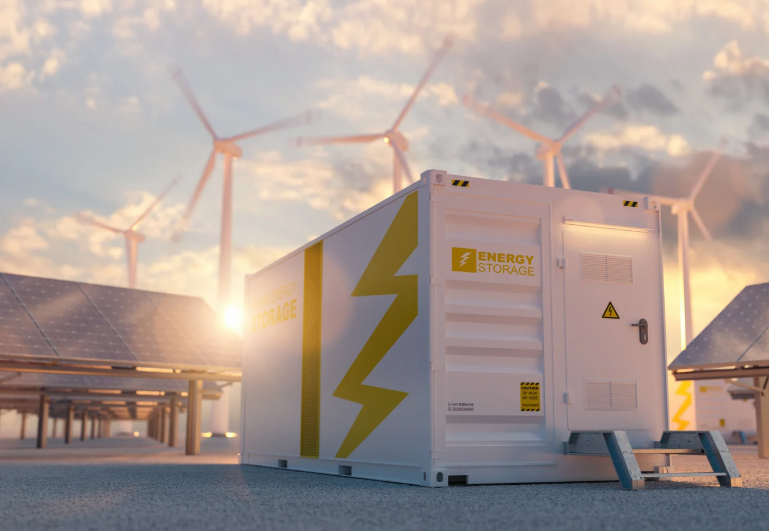With the energy sector witnessing an unprecedented transition from fossil fuels to renewable sources, the role of energy storage technologies (ESTs) in stabilizing the grid and reducing dependency on fossil fuels is gaining focus.
Based on current projections, the use of fossil fuels is set to double by 2050 and quadruple by 2100, which intensifies the urgency for effective energy storage solutions. Despite being overshadowed by conventional energy generation methods, energy storage offers potential not only for managing grid stability but also for optimizing the integration of renewable energy sources (RESs).
RESs, while promising in their sustainability, present challenges such as non-dispatchability and intermittency. These issues are addressed by energy storage systems (ESS) that help regulate voltage, improve power quality, and control power variations. Research shows that countries like the U.S., Japan, and China are major adopters of these systems, exploring both traditional and novel storage methods such as thermomechanical, chemical, electrochemical, and electrostatic options.
Among the leading technologies, pumped hydro storage (PHS) accounts for a staggering 96% of the global energy storage capacity. This dominance reflects its mature technological development and high efficiency compared to other models. In contrast, technologies like compressed air energy storage (CAES) and flywheel energy storage (FES) have not yet achieved comparable commercial scalability despite their potential for high efficiency and quick response times. Molten salts, with their ability to store thermal energy for extended periods, have proven invaluable in concentrating solar power systems.
The notion of integrating more diverse and advanced storage options is supported by market data predicting that the deployment of energy storage solutions in emerging markets will grow by over 40% annually over the next decade. This is partially fueled by the falling costs of storage technologies and the global shift toward greener energy practices. However, the high initial capital investments required for these systems pose significant barriers to widespread adoption, compounded by the absence of standardized metrics to evaluate their economic contributions.
Moreover, the development of new storage solutions entails formidable technical and economic challenges. Even as battery technologies and super-capacitors advance due to innovations in their plasticity and rapid response capabilities, they have yet to reach the efficiency or cost-effectiveness necessary for broad application. As such, the industry’s progress hinges on overcoming these obstacles by investing in research and development and by crafting policies that promote economic viability.
Stay updated on the latest in energy! Follow us on LinkedIn, Facebook, and X for real-time news and insights. Don’t miss out on exclusive interviews and webinars—subscribe to our YouTube channel today! Join our community and be part of the conversation shaping the future of energy.





